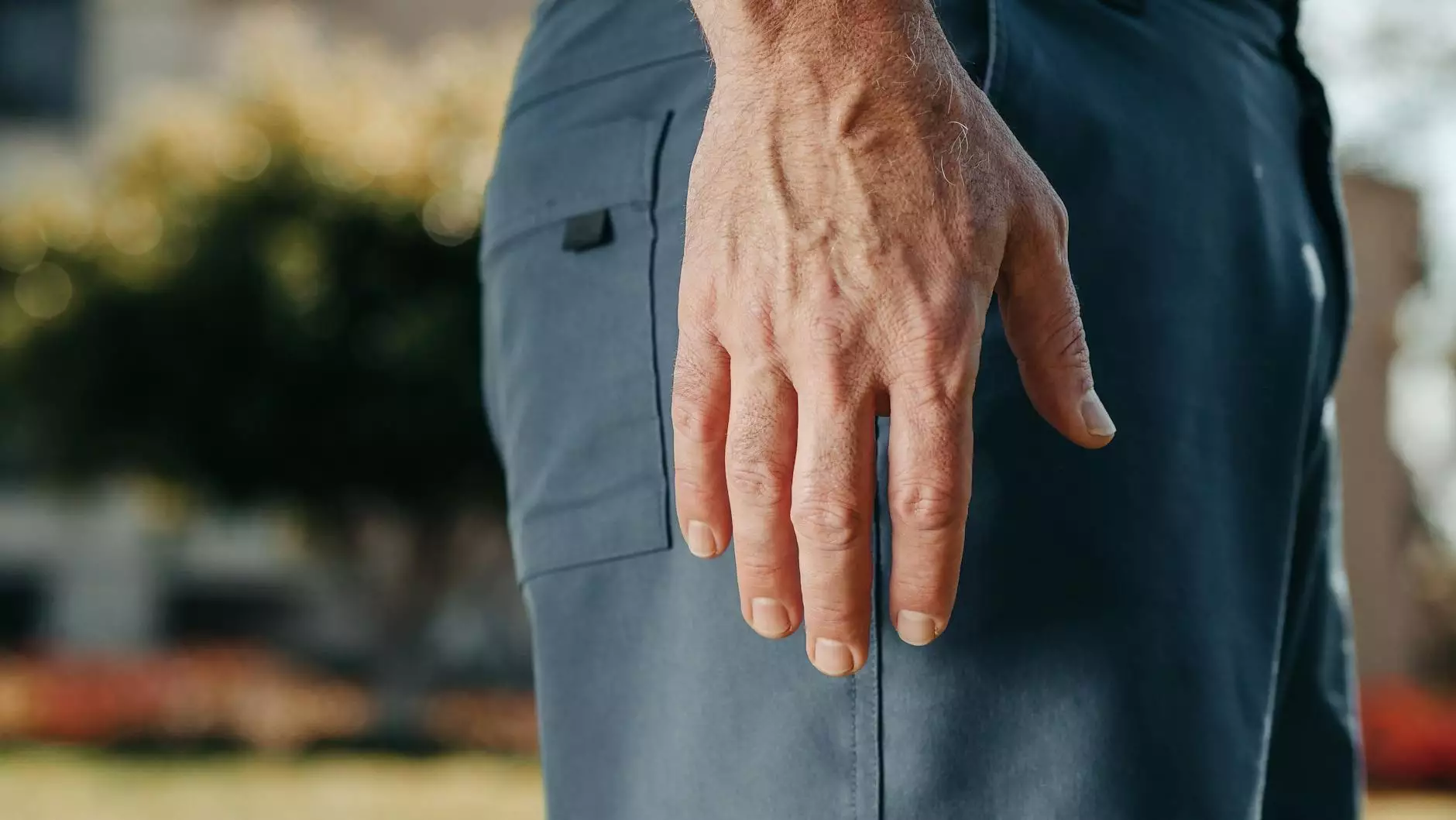Understanding Vein Stasis: A Comprehensive Guide

Vein stasis is a medical condition that has garnered significant attention in the fields of vascular medicine and health due to its implications on overall wellness. This condition, primarily characterized by the pooling of blood in the veins, often leads to various complications, including pain, swelling, and the formation of varicose veins. In this article, we will delve deep into the intricacies of vein stasis, discussing its causes, symptoms, treatment options, and preventative measures.
What is Vein Stasis?
Vein stasis, also known as venous stasis, occurs when blood flow in the veins slows down or becomes stagnant. This typically happens in the lower extremities due to gravity and can be worsened by several factors such as prolonged sitting, obesity, pregnancy, or injury. When blood flow is impaired, it may cause discomfort and lead to further vascular issues.
Causes of Vein Stasis
- Prolonged Immobility: Staying in one position for extended periods can hinder venous return and lead to pooling of blood.
- Obesity: Excess weight places additional pressure on the veins, increasing the likelihood of stasis.
- Pregnancy: Hormonal changes and the added weight of the baby can impede normal blood flow in pregnant women.
- Venous Incompetence: This condition arises when the valves in the veins fail to function properly, allowing blood to flow backward and pool.
- Trauma or Injury: Injuries to the legs or arteries can disrupt normal blood flow.
Symptoms of Vein Stasis
Identifying the symptoms of vein stasis is crucial for timely intervention. Common symptoms include:
- Swelling: Often manifests in the legs and feet.
- Pain or Discomfort: This can range from a dull ache to sharp pain.
- Varicose Veins: Twisted, enlarged veins that may develop as a direct result of blood pooling.
- Skin Changes: Alterations in skin color or texture may occur.
- Ulcers: In severe cases, ulceration can develop due to prolonged stasis.
Diagnosis of Vein Stasis
A thorough diagnosis of vein stasis often involves a combination of patient history and physical examination. Medical professionals may use the following methods:
- Ultrasound Imaging: A non-invasive test to assess blood flow in the veins.
- Venography: A special X-ray test that uses contrast material to visualize blood flow.
- Physical Examination: This includes evaluating the patient's medical history and visible symptoms.
Treatment Options for Vein Stasis
Conservative Treatments
For mild cases, conservative treatments can be quite effective. These include:
- Compression Therapy: Wearing compression stockings helps facilitate blood flow and prevent pooling.
- Lifestyle Modifications: Engaging in regular physical activity and maintaining a healthy weight can mitigate symptoms.
- Leg Elevation: Elevating the legs while resting promotes better venous drainage.
Medical Interventions
For more severe cases of vein stasis, medical treatments may be necessary. Some options include:
- Sclerotherapy: A minimally invasive procedure that involves injecting a solution into the problematic veins to close them.
- Endovenous Laser Treatment (EVLT): A method that uses laser energy to treat varicose veins.
- Vein Stripping: A surgical procedure to remove varicose veins.
Preventing Vein Stasis
Preventing vein stasis is key, especially for individuals at risk. Here are some effective strategies:
- Regular Exercise: Incorporating activities like walking, cycling, or swimming helps maintain healthy blood circulation.
- Weight Management: Maintaining a healthy weight reduces pressure on the veins.
- Avoid Prolonged Sitting or Standing: If your job requires you to sit or stand for long periods, take regular breaks to move around.
- Wear Compression Garments: These garments can prevent symptoms from developing or worsening.
The Role of Specialists in Managing Vein Stasis
Understanding and managing vein stasis requires expertise from healthcare professionals specializing in vascular medicine. At trufflesveinspecialists.com, our team of dedicated doctors employs advanced technologies and treatment modalities to address vein-related issues. We believe that by providing personalized treatment plans, we can significantly improve our patients' quality of life.
FAQs About Vein Stasis
1. Can vein stasis lead to serious complications?
Yes, if left untreated, vein stasis can lead to complications such as chronic venous insufficiency or even deep vein thrombosis (DVT).
2. Who is at risk for developing vein stasis?
Individuals who are sedentary, obese, elderly, pregnant, or who have a family history of vein problems are at an increased risk.
3. How is vein stasis treated?
Treatment options range from conservative methods like compression therapy to more advanced procedures like laser treatments and sclerotherapy.
4. Is vein stasis reversible?
In many cases, with prompt treatment and lifestyle changes, vein stasis can be effectively managed and reversed.
5. How can I find a specialist for vein stasis?
Consulting with a vascular specialist is vital. At trufflesveinspecialists.com, we are committed to helping patients find the best treatment options available.
Conclusion
In conclusion, vein stasis is a significant health issue that should not be overlooked. Understanding its causes, symptoms, and treatment options empowers individuals to take charge of their vascular health. By applying preventative measures and seeking timely medical intervention, you can mitigate the risks associated with vein stasis. For personalized care and expert advice, connect with the specialists at trufflesveinspecialists.com today.









